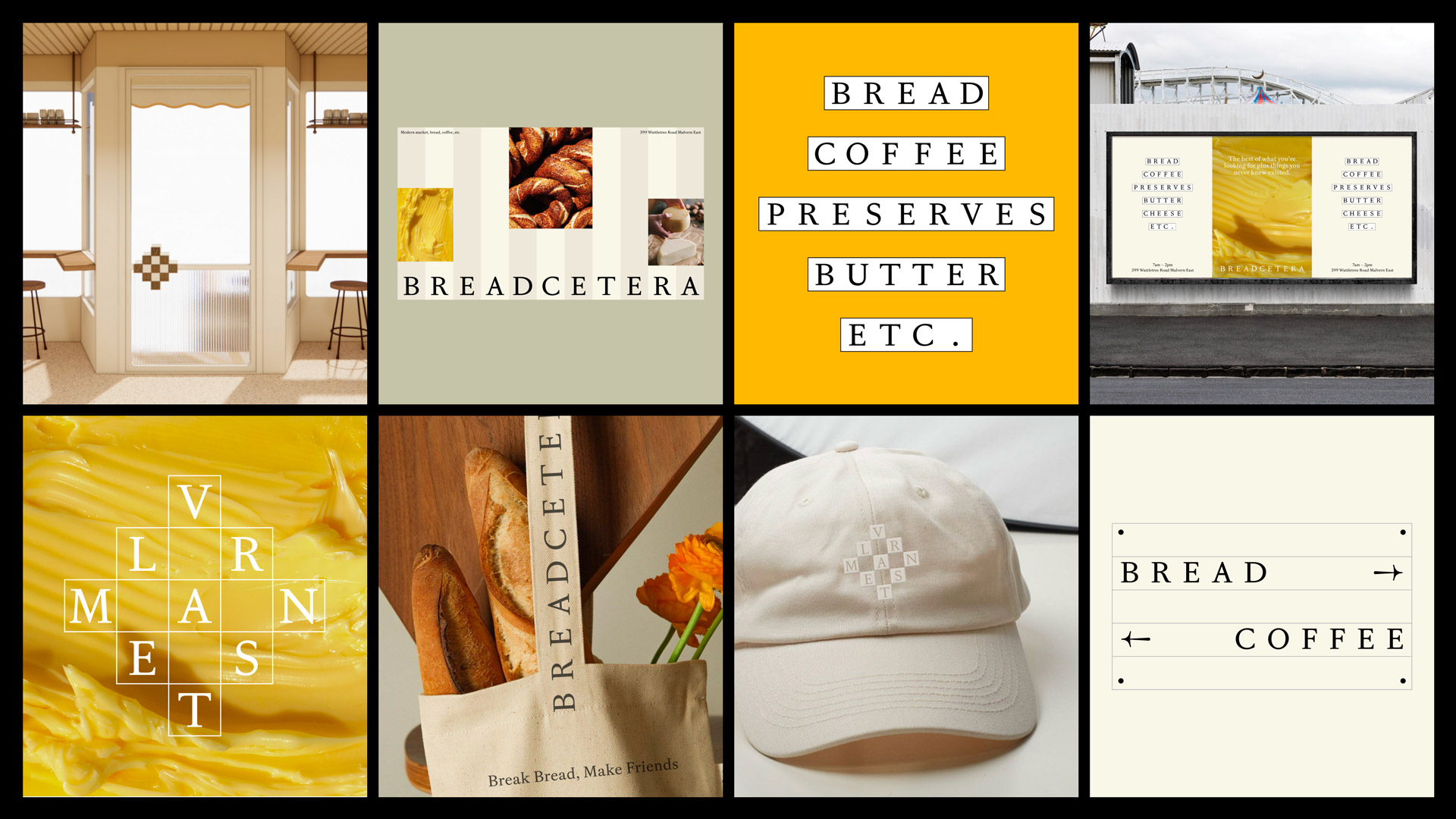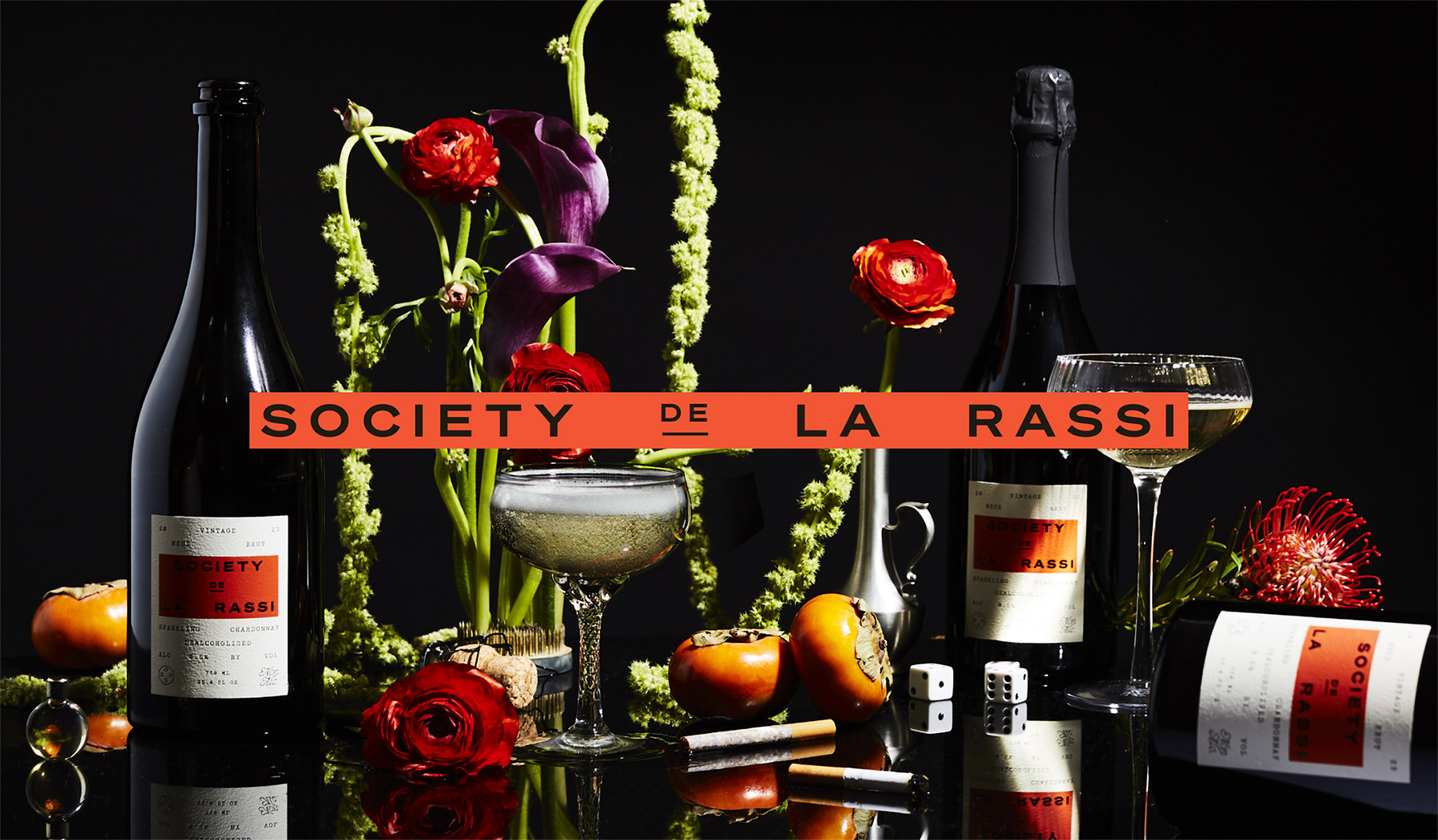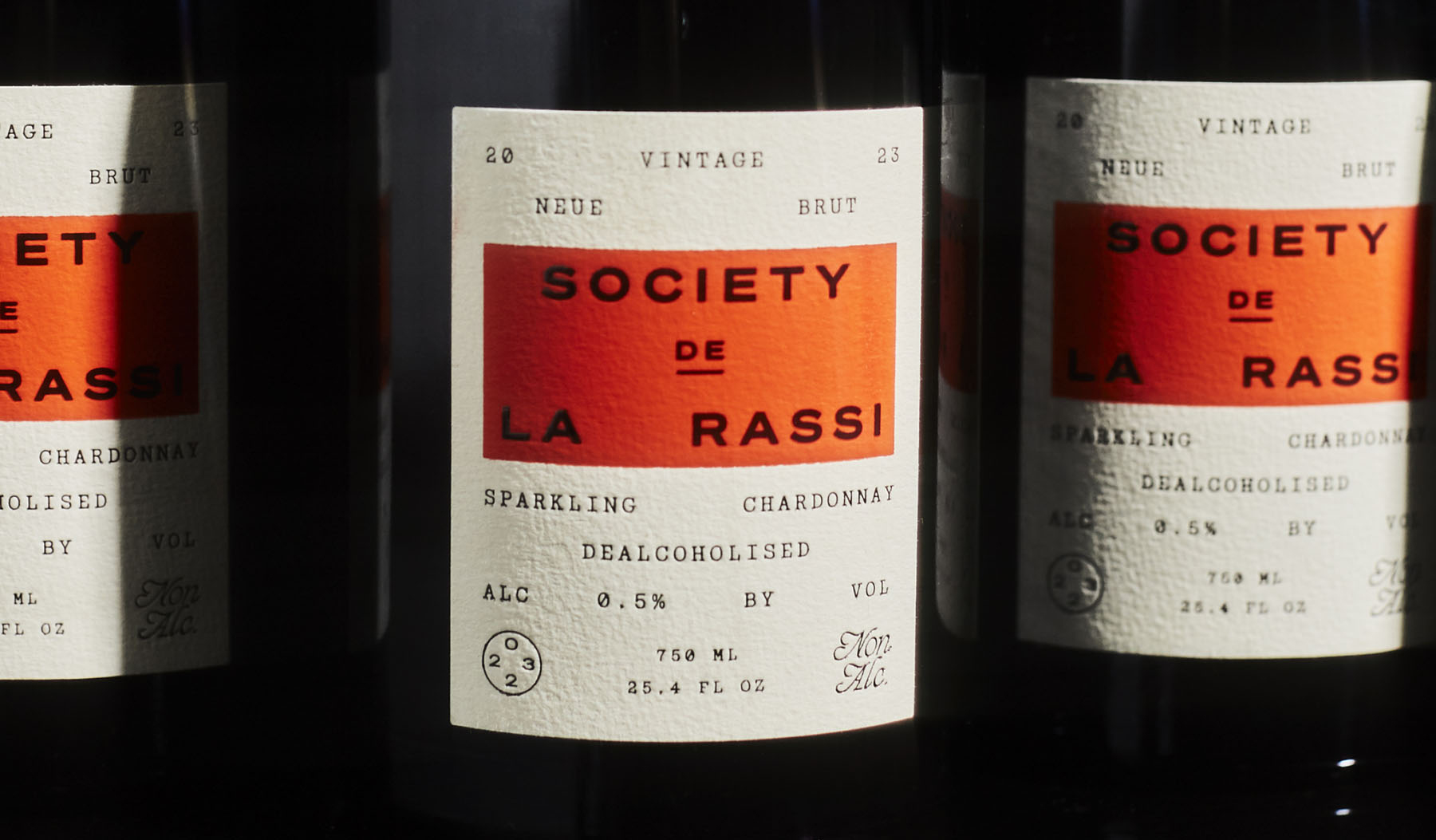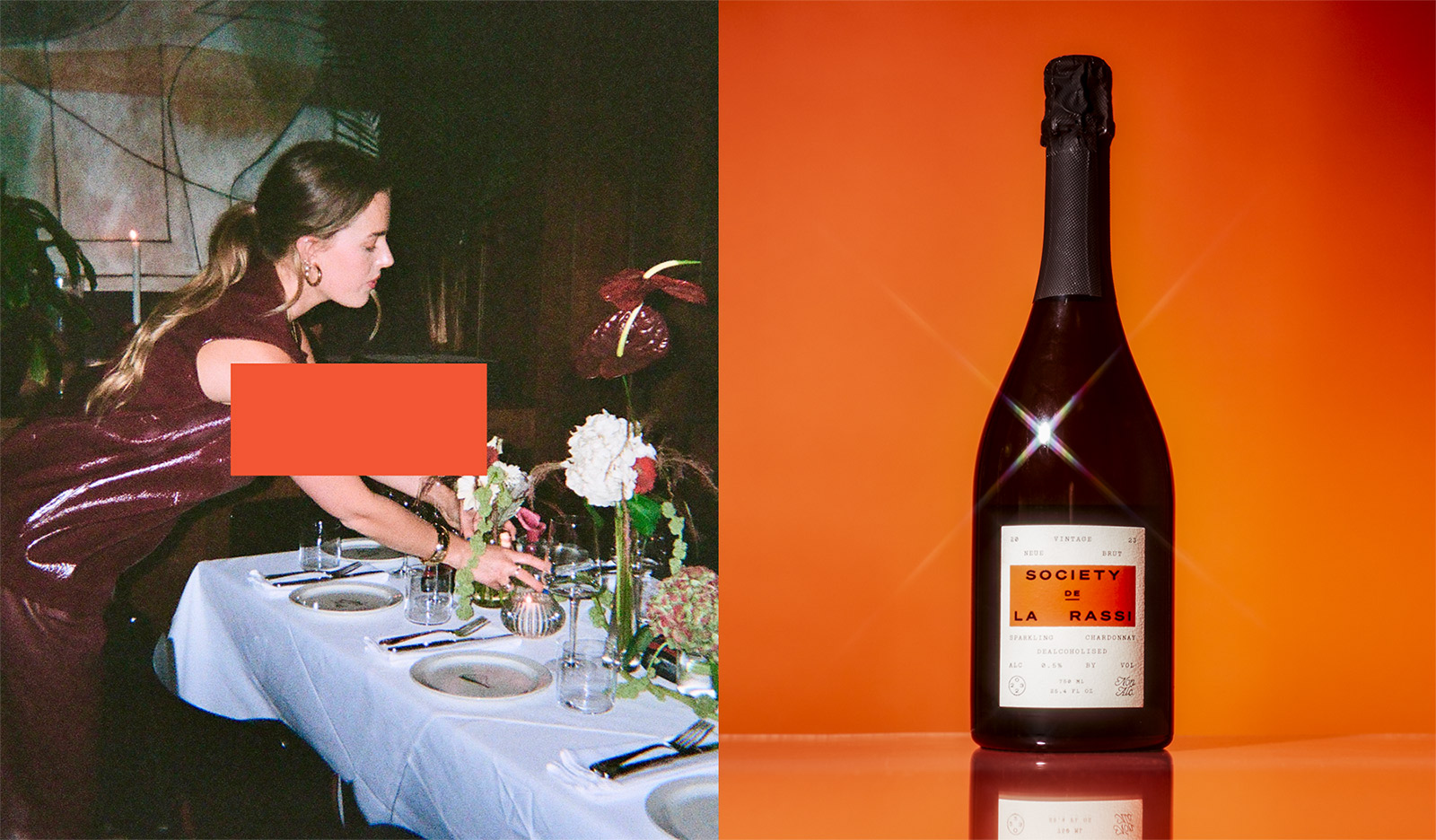Laura Carrick Interview
Laura Carrick on the biggest shifts in brand growth — and the outdated practices she's ready to leave behind
Laura is a self-proclaimed high-priestess of all things beautiful and business. When she's not pouring over decks in Figma or using too many emojis in emails, you will find her on a quest for decent coffee in New York, romanticizing about building a commune in the forest or bouncing around at punk shows.
MK: Hey Laura, what's up! How'd you first get into the world of creative business and brand growth?










